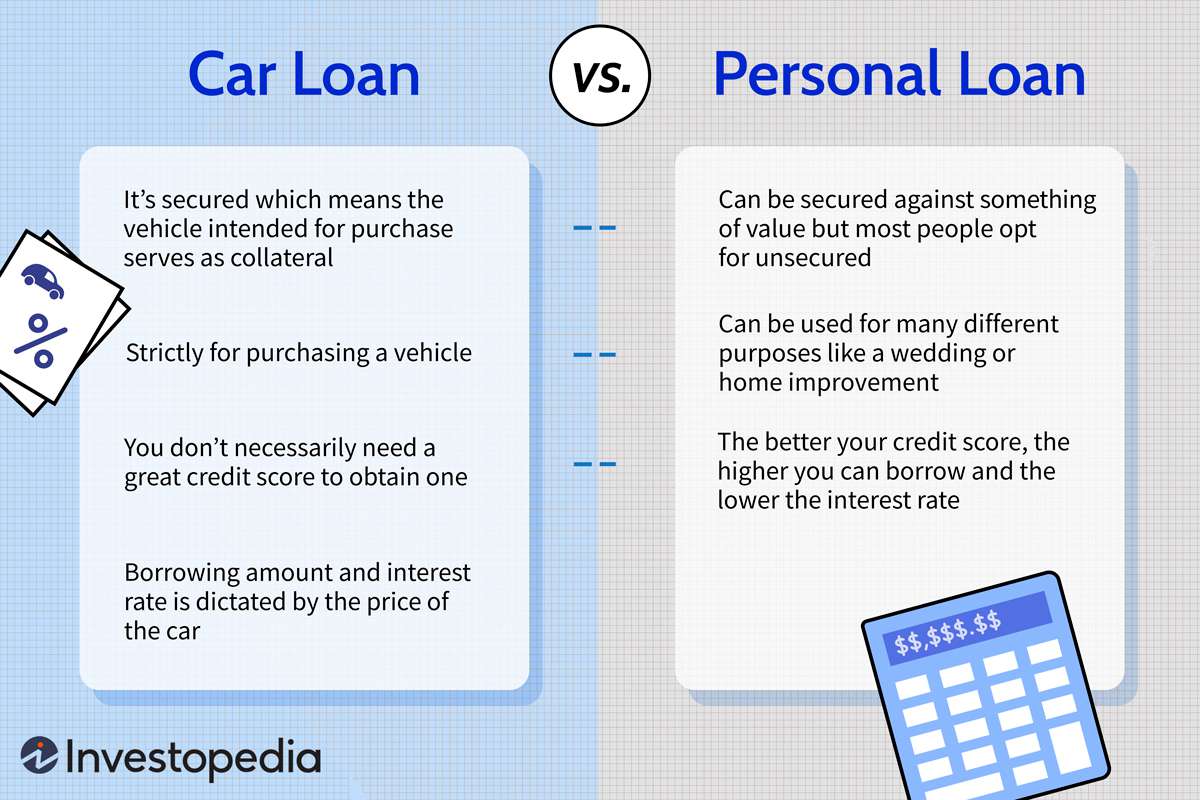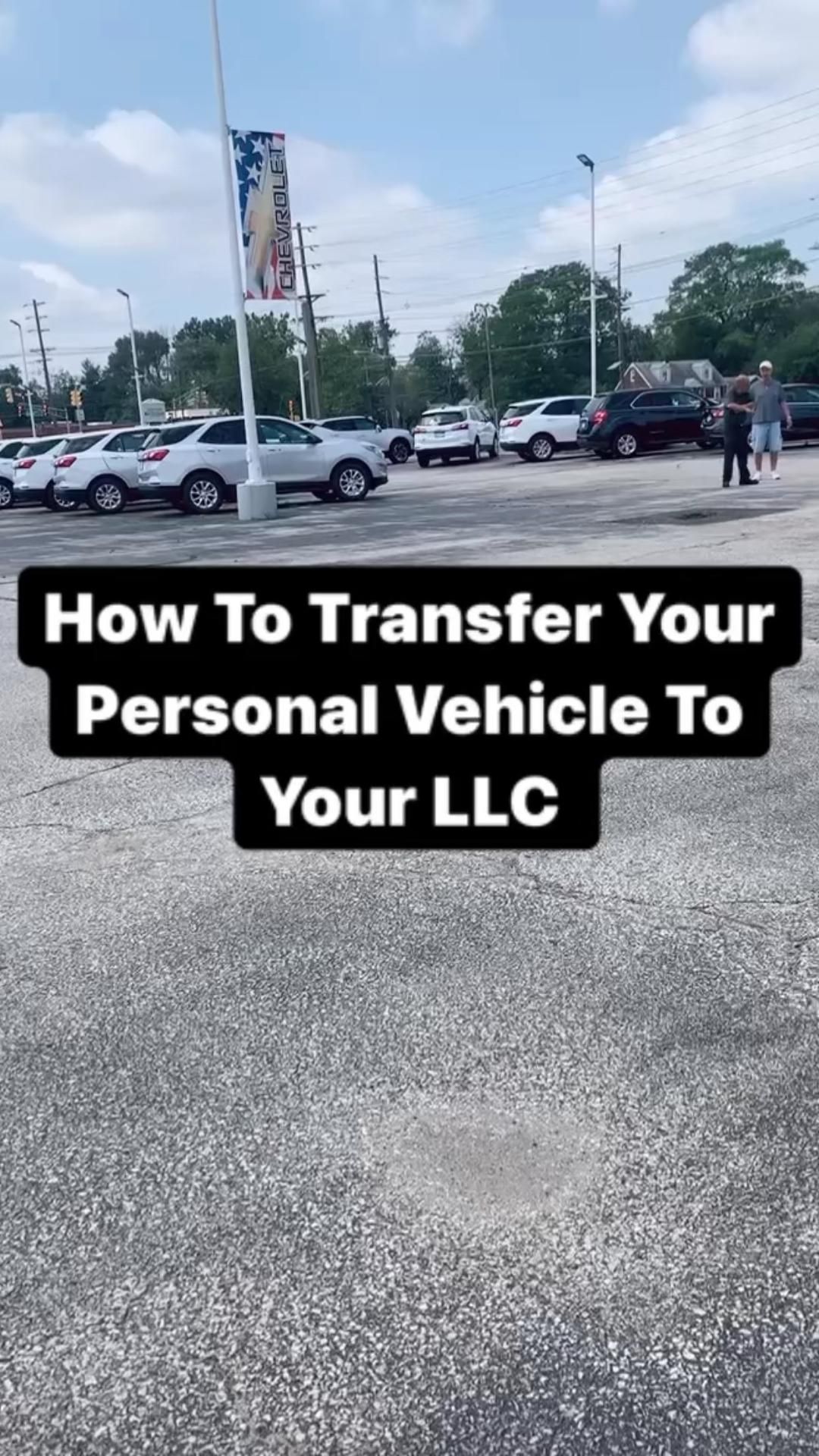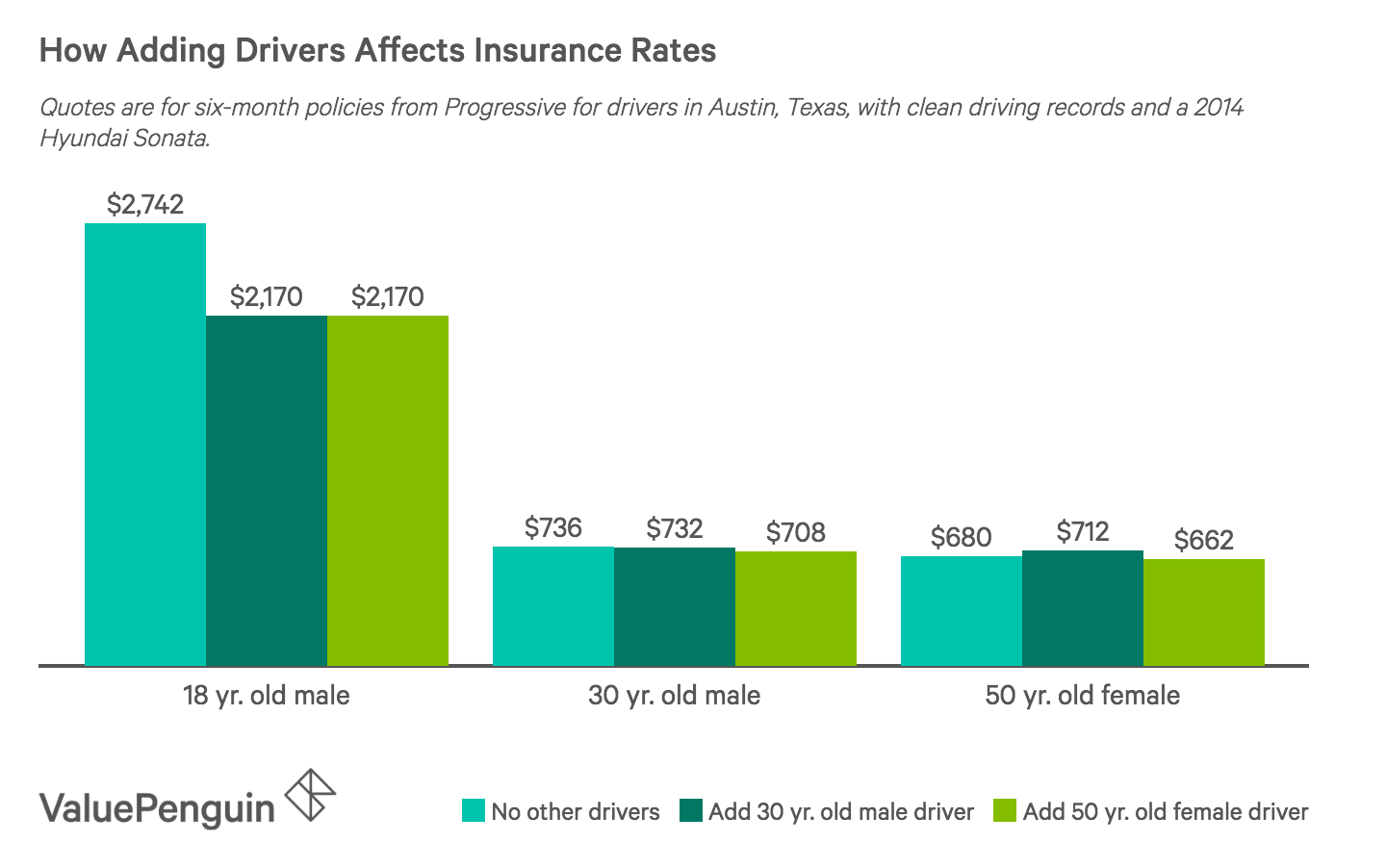How to Transfer Car Insurance to Another Person
To transfer car insurance to another person, contact your insurer and provide the necessary documents. Both parties must agree to the transfer and complete a formal procedure.
Transferring car insurance to another person is a straightforward process but crucial when buying or selling a vehicle. The current policyholder and the prospective new owner must work together to ensure a smooth transition. It starts with notifying the insurance company and discussing the transfer policies.
This typically requires a review of both parties’ eligibility and agreement to the company’s terms. Documentation such as proof of sale, transfer forms, and personal identification usually forms part of the necessary paperwork. Ensuring all details are accurate and up-to-date avoids future complications and guarantees the new owner is legally covered to drive the vehicle. This process secures the vehicle insurance continuity, which is vital to protect against any liabilities that may occur during the vehicle’s operation under the new ownership.
Introduction To Car Insurance Transferability
Imagine selling your car or passing it down to a family member. One crucial step often overlooked is the transfer of car insurance. It’s not just about handing over the keys but also ensuring that the vehicle’s insurance policy follows its new owner. Let’s dive into what it takes to shift car insurance to another person.
The Basics Of Transferring Car Insurance
Transferring car insurance is like a relay race; it’s about passing the baton smoothly to avoid any gaps in coverage. To start, both parties need to agree on the transfer. Detailed personal information and a clean claims history help speed up the process. Insurers typically need documents such as:
Registration certificates, transfer forms, and consent letters.
- Writing to the insurance company about the intended transfer
- Submission of relevant documents
- Payment of transfer fees, if required
When Is Transferring Car Insurance Necessary?
The transfer of car insurance becomes necessary when ownership changes. This can happen during the sale of a car, after a divorce, or when gifting a vehicle. It ensures the new owner is legally covered and can benefit from the policy’s existing tenure.
| Scenario | Need for Insurance Transfer |
|---|---|
| Selling your vehicle | Yes |
| Gifting to a family member | Yes |
| Inheriting a vehicle | Yes |
Eligibility Criteria For Transferring Car Insurance
Understanding the eligibility criteria for transferring car insurance is essential for a smooth handover.
Whether selling a vehicle or simply passing it on, it’s important to know who can inherit the policy
and the restrictions set by insurance companies.
Who Can Transfer Car Insurance?
Who Can Transfer Car Insurance?
Not everyone can transfer car insurance. The right usually belongs to the policyholder.
- Existing policyholder – Must be the current owner of the vehicle.
- New owner – Must agree to the terms of the existing policy.
- Approval – Both parties must consent to the transfer.
Understanding Insurance Company Restrictions
Insurance providers have their own set of rules.
| Constraint | Description |
|---|---|
| Policy Age | Some insurers require a policy to be active for a certain period. |
| Claims History | Recent claims may prevent a transfer. |
| Vehicle Type | Special vehicles may have transfer restrictions. |
| New Owner’s Eligibility | New owners must meet the insurer’s criteria. |
The Process Of Transferring Car Insurance
Transferring car insurance to a new owner calls for precision and understanding. It ensures the new owner drives with a valid policy. The steps range from gathering documents to informing insurance providers. The following guide details this process.
Necessary Documentation For Transfer
Proper documentation is vital for a seamless transfer. Both parties must prepare these essentials:
- Current policy details: Includes policy number and type.
- New owner information: Name, contact, and identification.
- Vehicle registration certificate: Proof of the car’s registration details.
- Sale deed or transfer agreement: Confirms the sale and transfer terms.
- No Objection Certificate: Acquired from the previous insurer.
Step-by-step Guide To The Transfer Procedure
- Inform the insurer: Contact your insurance provider about your intention to transfer the insurance policy.
- Transfer vehicle ownership: Complete the transfer of your vehicle’s title to the new owner.
- Submit documents: Provide both parties’ documentation to the insurer.
- Inspection: An inspection of the vehicle may be required by the insurer.
- Pay transfer fees: Settle any applicable fees for the transfer process.
- Update policy: The insurer will update the policy to reflect the new ownership.
- Issue new certificate: A new insurance certificate is then issued to the new owner.
Legal Considerations And Compliance
Transferring car insurance to another person involves legal steps that vary by state. Compliance with these regulations is critical to ensure a smooth transition. This section delves into the state-specific rules and the importance of adhering to them.
State Regulations On Car Insurance Transfer
Each state has unique requirements for transferring car insurance. It’s essential to understand these laws to correctly transfer coverage. Here are key steps to guide you through this process.
- Contact your insurance provider for information on transfer policies.
- Verify the eligibility of the new owner for the existing insurance policy.
- File the necessary paperwork, as required by your state’s insurance laws.
Consequences Of Non-compliance
Ignoring state regulations can lead to serious issues. Non-compliance may result in penalties for both the original policyholder and the new owner.
- Invalidation of insurance policy: Failure to comply may render the policy void.
- Legal repercussions: Both parties could face fines or other legal actions.
- Financial risk: The new owner could be unprotected in case of an accident.
Potential Costs And Fees
When you transfer car insurance to another person, costs can pop up. It’s not just about signing papers. You might face fees or new premium rates. Knowing what costs could come up is key. It helps you plan your budget. Let’s dive into this and find ways to keep extra costs low.
Monetary Implications Of Transfer
You might have to pay to shift your car insurance. Transfer fees can differ from one insurer to another. Here’s what to expect:
- Transfer fee: This is what you pay your insurer to change the policyholder name.
- Administration charges: Some insurers charge for the paperwork involved in the transfer.
- New premium rates: The new owner’s details could alter the cost of the policy.
There may also be state fees. These are for updating the car’s registration details. Check online or ask at a local DMV.
Table showcasing average cost structure could be useful. However, specifics may vary. Always ask your insurer for a detailed breakdown.
Ways To Minimize Additional Costs
You can keep transfer costs low. Here’s how:
- Compare insurers: Some may offer a cheaper transfer fee or none at all.
- Negotiate: If you’ve been with your insurer a while, ask for a discount.
- Time it right: Transfer when your policy is up for renewal to avoid extra charges.
Also, bundle insurance policies if you can. This often leads to discounts. Remember to talk to your insurer about all possible savings.
Finalizing The Car Insurance Transfer
Are you ready to put the finishing touches on your car insurance transfer? Perfecting the final steps ensures a smooth handover from one owner to the next. It’s about dotting the ‘i’s and crossing the ‘t’s to maintain coverage without a hitch. Let’s dive into the essential details of confirming and documenting the insurance transfer, followed by the necessary follow-ups for airtight coverage.
Confirmation And Documentation Of Transfer
First, ensure all parties involved have a clear understanding of the terms. A quick checklist includes:
- Approval from the insurance company: They must give the green light for the transfer.
- Updated insurance policy: Reflects the new owner’s information.
- Transfer agreement: Both parties sign to acknowledge the transfer.
Collect these documents:
| Document Type | Importance |
|---|---|
| No Objection Certificate (NOC) | Verifies the original owner’s consent |
| Form 29 and Form 30 | Notifies the RTO of the ownership change |
| Updated Registration Certificate (RC) | Displays the new owner’s name |
Once your insurer agrees and documentation is complete, keep copies for your records. This safeguards against any future issues.
Post-transfer Steps To Ensure Coverage Continuity
Attention to detail post-transfer stops coverage gaps. Follow these steps:
- Notify your Regional Transport Office (RTO): Submit the change of ownership.
- Confirm policy update with the insurer: Policy should reflect the new owner’s details.
- Check the effective date: Ensure coverage starts when the car keys are handed over.
Advise the new owner to review the policy. Understanding the coverage is crucial. Lastly, mark the transfer date in your calendar. This date is key for the insurance coverage hand-off. Remember, effective communication eases the transition and maintains protection for your cherished vehicle.
Frequently Asked Questions On How To Transfer Car Insurance To Another Person
Can You Transfer Car Insurance To Another Person?
Car insurance can be transferred to a new owner in the event of a car sale. The process involves informing the insurance company, completing a transfer form, and may require an inspection of the vehicle by the insurer. Both parties must agree to the transfer.
What Steps Are Involved In Transferring Car Insurance?
To transfer car insurance, you must first notify your insurer. Then, fill out a transfer form and submit it along with the required documents. The insurer might also request a vehicle inspection and the new owner’s details to finalize the transfer.
Is Transferring Car Insurance To Someone Else Costly?
The cost to transfer car insurance varies by provider and policy. While some insurers may do it for free, others could charge an administrative fee. Always check with your specific insurer for any costs associated with the transfer process.
How Long Does It Take To Transfer Car Insurance?
The time it takes to transfer car insurance can vary. Typically, after submitting all necessary documents and forms, the transfer process can be completed within a few days. It’s essential to coordinate with the insurer for an exact timeframe.
Conclusion
Transferring car insurance isn’t daunting with the right steps. Remember, open communication with your insurer is crucial. Review your policy, update necessary documents, and stay informed on state regulations. Effective transfer ensures continuous protection, giving you peace of mind. Safe driving and smart insurance management go hand in hand.





